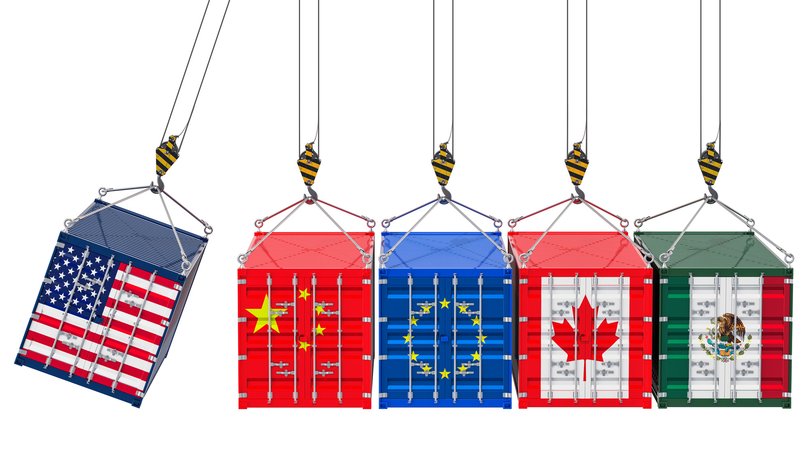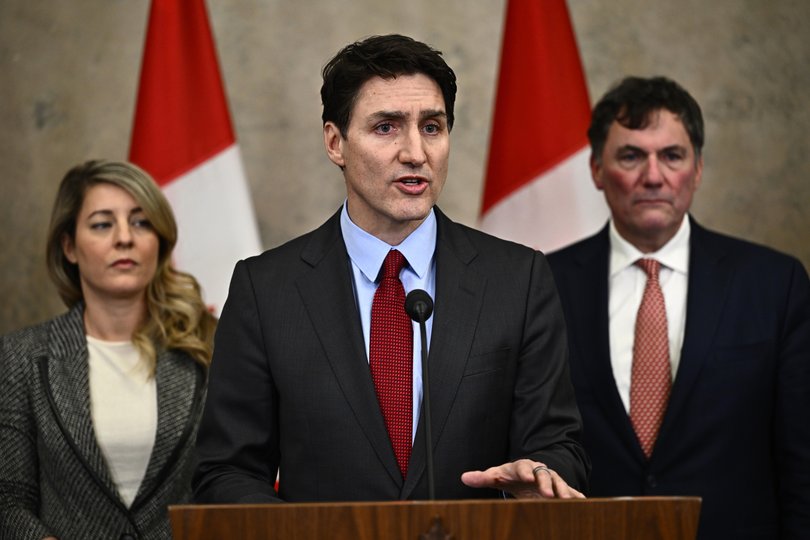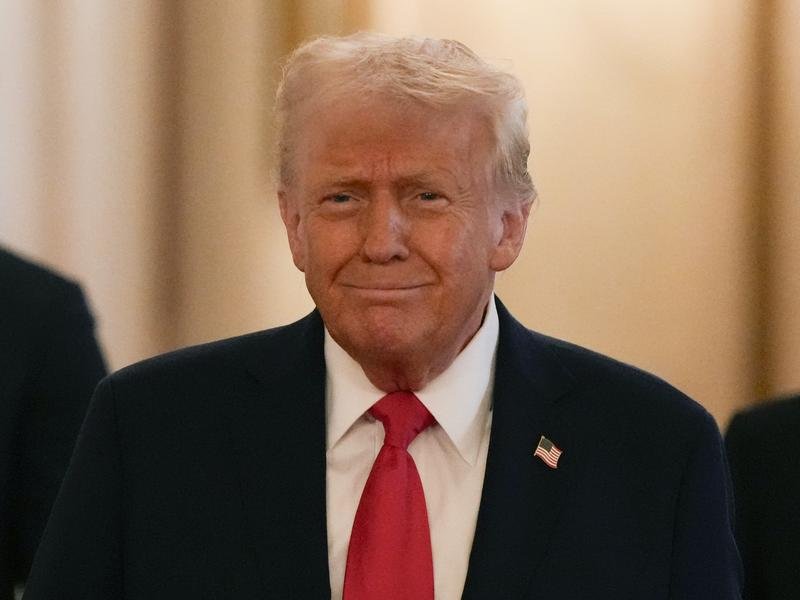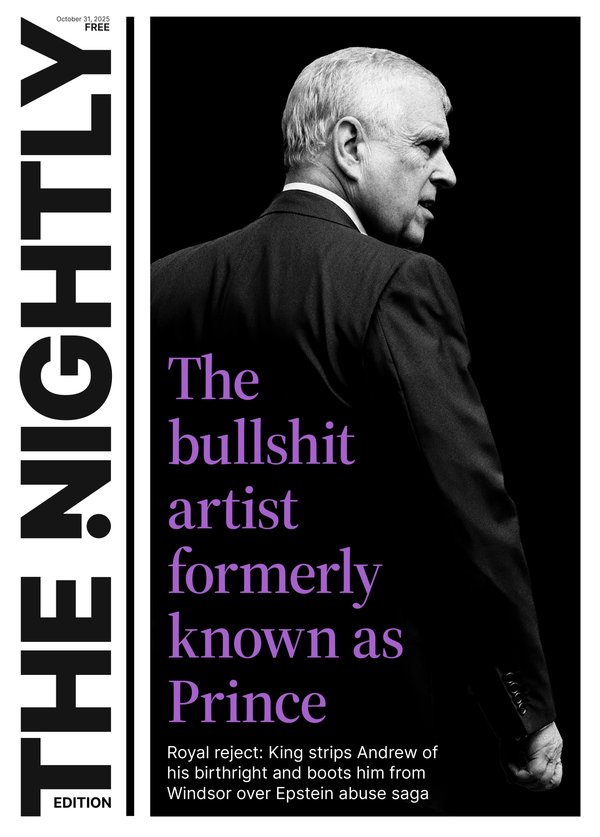ISABELLE MULLEN: Donald Trump has pulled back from the brink, but don’t think tariff turmoil is over

A damaging global trade war has been narrowly averted — for now. But the threat remains very real.
Donald Trump admitted himself his plan to hit imports into the US from Mexico and Canada with 25 per cent tariffs and those from China with an extra duties of 10 per cent would likely hurt Americans.
Still, he appeared willing to push ahead with them, to preserve the perception of action.
Sign up to The Nightly's newsletters.
Get the first look at the digital newspaper, curated daily stories and breaking headlines delivered to your inbox.
By continuing you agree to our Terms and Privacy Policy.A last-minute reprieve has delayed the Mexican and Canadian tariffs for 30-days. But the duties on Chinese imports remain poised to come into effect from Tuesday.
Mr Trump rolled into the Oval Office for the second time in part on the promise that he would be “tough on crime”, and the perception that the crime rate worsened under a “weak” Biden administration. He linked the United States fentanyl crisis to illegal immigrants and drug smuggling from Mexico and Canada.
It’s a tenuous link, but one the American people seem to have accepted.
“Because of the major threat of illegal aliens and deadly drugs killing our citizens, including fentanyl,” Mr Trump wrote on social media.
“We need to protect Americans, and it is my duty as President to ensure the safety of all.
“It’s pouring in from China through Mexico and Canada and if they don’t stop it the tariffs are going to get worse.”
The trouble is it’s not pouring in from Canada.
Canadian Prime Minister Justin Trudeau insists fentanyl from Canada contributes less than 1 per cent to the street supply in the US, a claim that is backed up by data from US customs.

For example, last year 20kg of fentanyl was seized at the US-Canada border, much less than the 9600kg found at the Mexican border.
The Trump administration has also grossly overstated the rate of fentanyl-related deaths.
Last week, Mr Trump’s press secretary Karoline Leavitt justified the tariffs by saying fentanyl has “killed tens of millions of Americans”.
The actual number of fentanyl-related deaths is much lower.
At the height of the opioid crisis, deaths related to fentanyl, heroin, methamphetamines and cocaine peaked at 114,000 fatalities each year.
A lot, but nowhere near the “tens of millions of Americans” that Leavitt suggested.
Still, Canada agreed to a bolster security at its border, and appoint a new “fentanyl czar” to placate the President and allow him to claim a win.
Similarly, Mexico has agreed to reinforce its border with 10,000 members of its National Guard to slow the flow of drugs and unauthorised migration.
The suspension gives both sides some breathing space. But Mr Trump’s volatility means the threat lingers.

The problem is the tariffs could hurt the people Mr Trump claims to be protecting — Americans.
Another misconception that Mr Trump peddled during his election campaign is that the “taxes would be a cost to another country”.
That’s not how tariffs work.
The tariff is paid by the country that imports the goods, not the country that exports them.
It means the consumer could bear the cost.
This happened in 2018, when Mr Trump slapped a 50 per cent tariff on washing machines, and as a result Americans spent an extra $2.5 billion for washing machine products.
And that’s just washing machines.
There is no shortage of economists who believe any new tariffs would be inflationary — spooking global markets — adding to the cost-of-living pressures that the Trump administration promised to ease.
A weaker economy potentially prompting central bankers to raise interest rates again.
“We could have some short term, some little pain,” Mr Trump told reporters in Maryland on Monday.
That’s an understatement.
The Department of Homeland Security summed up Mr Trump’s sentiment on January 26 with its release titled “Promises Made, Promises Kept: President Trump is Already Securing Our Border and Deporting Criminal Aliens”.
Mr Trump is determined to appear trustworthy, no matter the cost.
